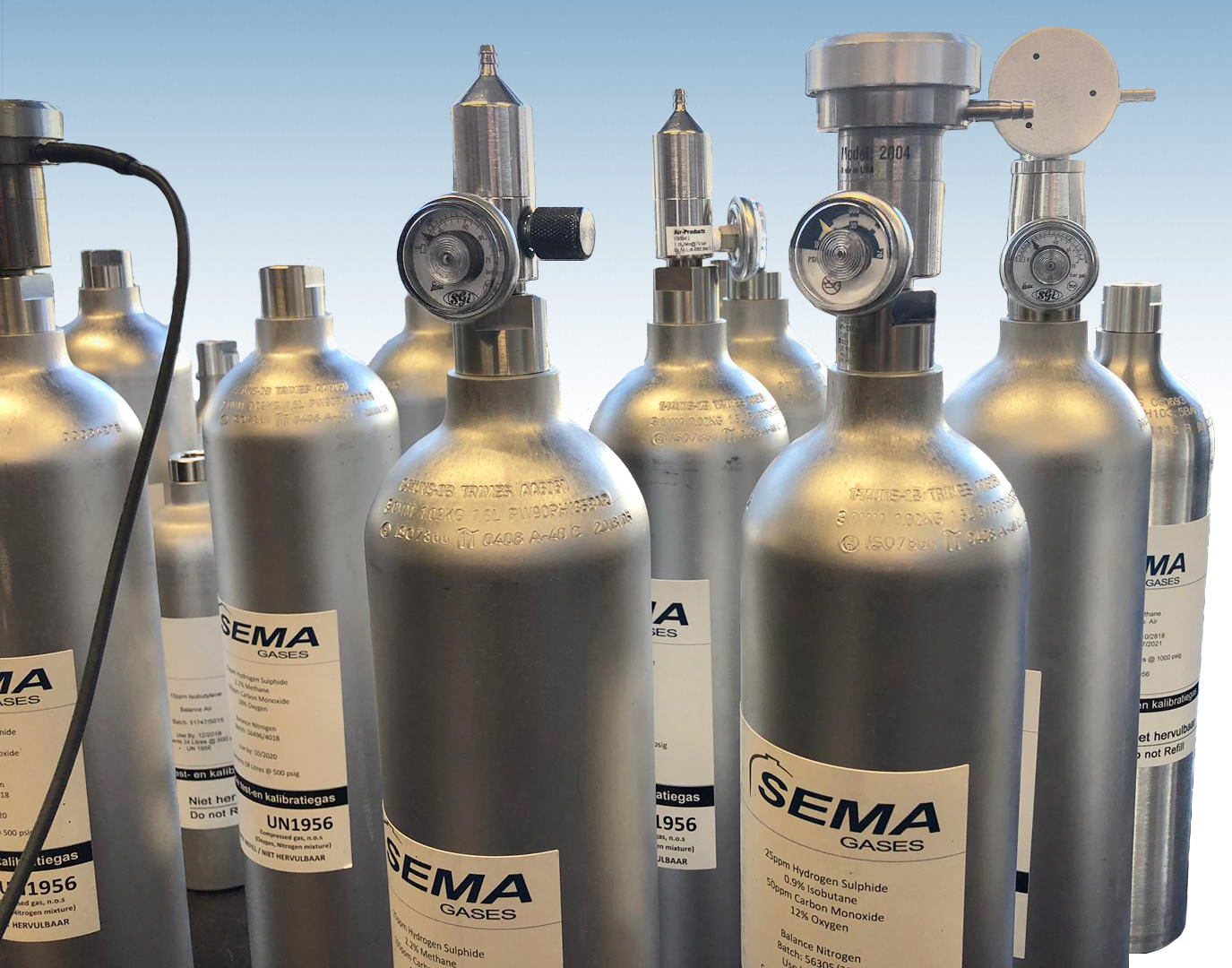
What is Calibration?
When you try to weigh yourself on a scale or try to use your thermometer, one thing you probably have heard is 'check if it's 0 before you use it. What does this mean? Why do we have to do this?
Checking to '0' is what we call calibration. Meaning, we make sure the starting point for every measurement is zero such that the reading is correct. Suppose your value is already high in the case of the thermometer. In that case, there is this significant possibility that your reading might indicate a value in the range of fever. While we can ensure that our thermometers and weighing scales are reading right by just checking it manually, larger instruments need different methods. This is where calibration gas cylinders come into play.
How Does it Work?
As the name suggests, gas calibration services are used to calibrate larger instruments to correct reading. How does it work?
Calibration gases work in the concept of using one known variable to find if the device is calibrated. Take an instrument, for instance, and release a mixture of gases in a fixed concentration. This concentration is very close to the alarm threshold value of the device. So if the device was correctly calibrated, its alarm MUST go off. If it doesn't, the gas is used further by trial and error to bring the instrument to the reading it should show ideally.
Up until now, you have read about the concept, but not about its vast uses. Because of the variety of instruments in the industrial sector, these gases are used almost everywhere, technically.
Calibration Gas Cylinders and You?
Now that you know the background, why, and how of calibrated gas, you need to see if it works for you. At the same time, these calibrated gases have criteria in their composition. This means that the gas mix is made of a calculated amount of different gases to ensure they are not toxic or flammable. Yet, they contain a potentially dangerous combination of gases. This is precisely the reason why this work is best suited for a professional, even if it's in your own household.
Professional Uses of Calibration Gases:
One such major field of use is in laboratories to periodically calibrate objects. These include the fields of the atomic absorption spectrum, chemiluminescence. For instance, FID Flame Ionisation Detector, gas chromatography, inductively coupled plasma ICP, Infrared spectroscopy, oxygen analysers, and UV spectroscopy.
The next major use of calibrated gas is in the environment. Some of the ways it is used include air quality monitoring, continuous emission monitoring systems, confined space entry, fire suppression, gas detection, soil and groundwater analysis, vehicle emissions, and type approvals.
Finally, one of the most important areas of use is in the life sciences and healthcare industry. They include helping biological culture growth, blood gas analysis, breathalysers for alcohol, cryogenic storage, laser vision correction, lung functioning test and MRI scanners, to name a few.
Author Bio: Hannah Gilbert is a freelance writer who offers ghostwriting, copywriting, and blogging services. She works closely with B2C and B2B businesses providing digital marketing content that gains social media attention and increases their search engine visibility.






